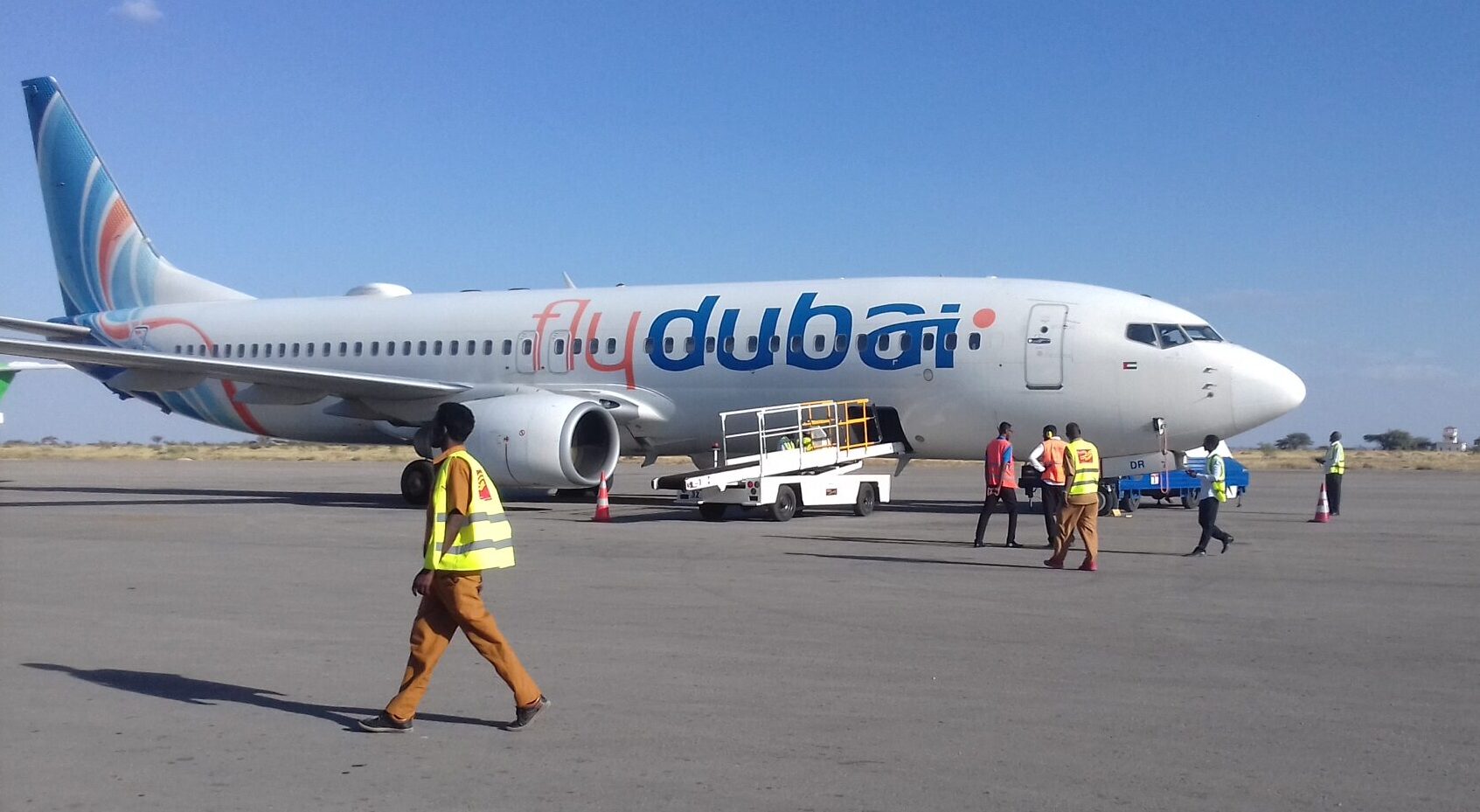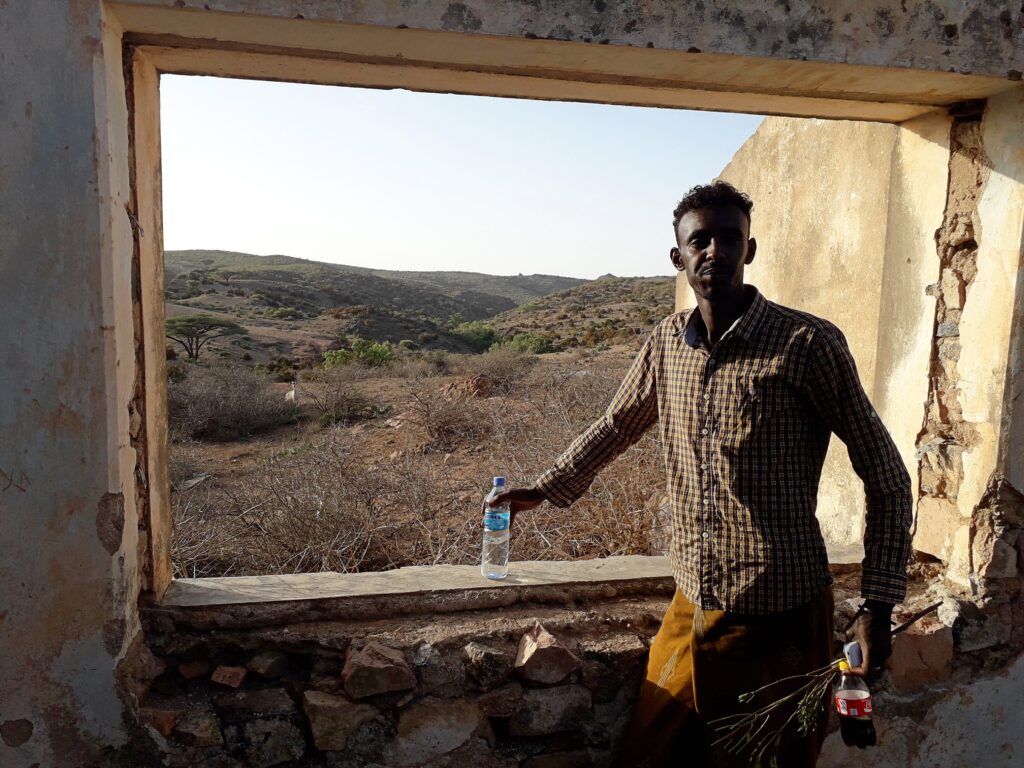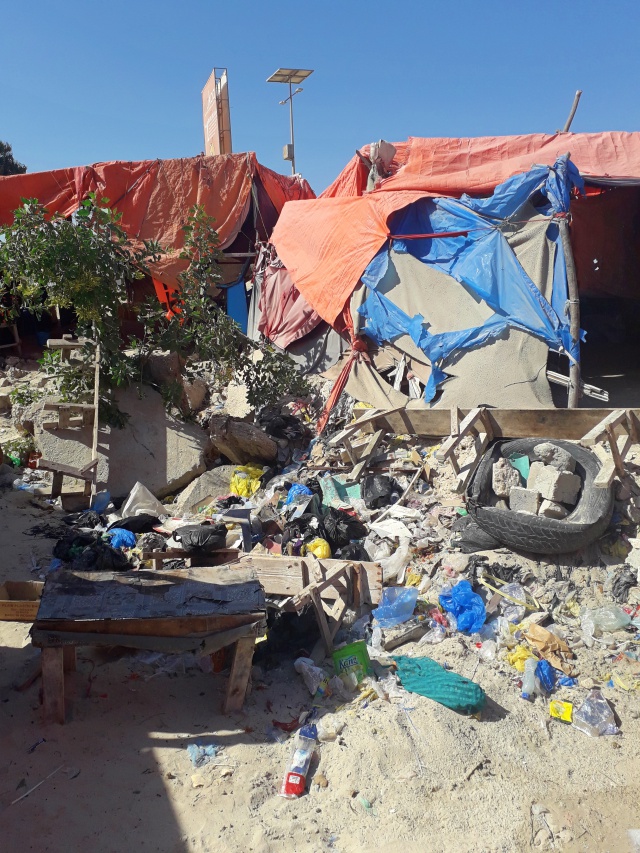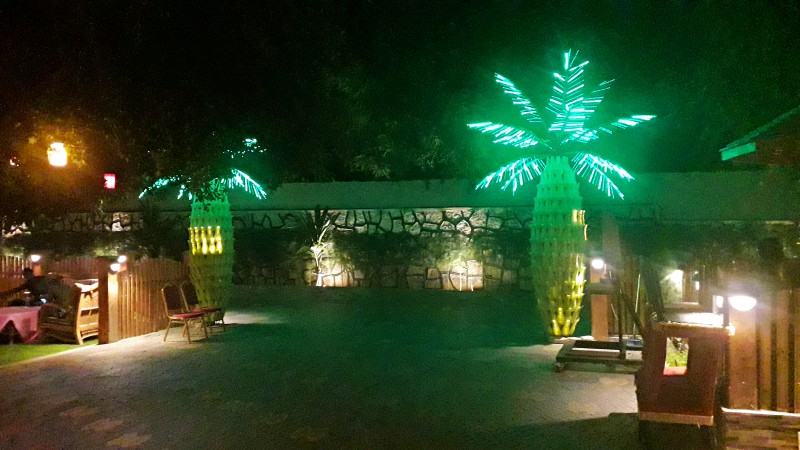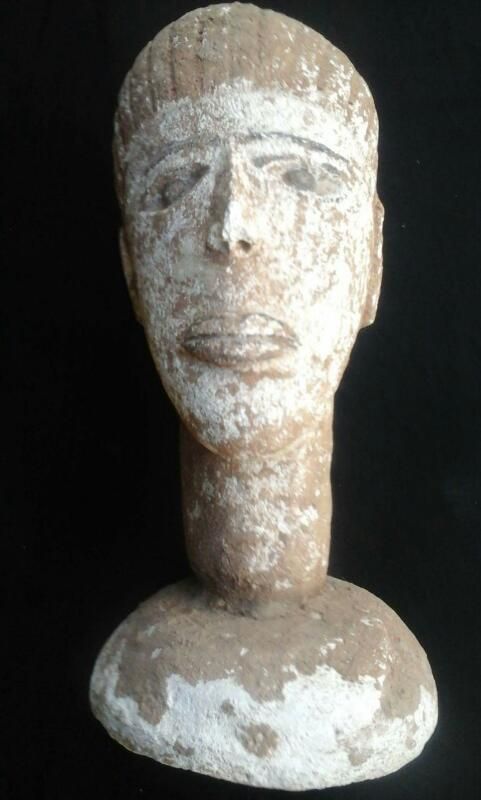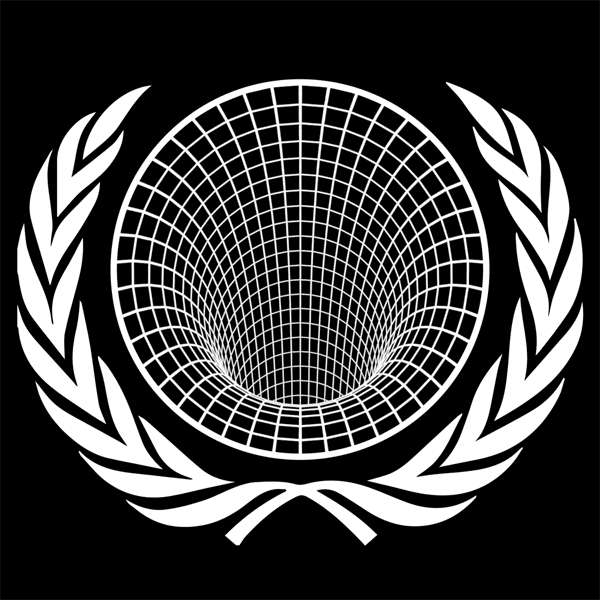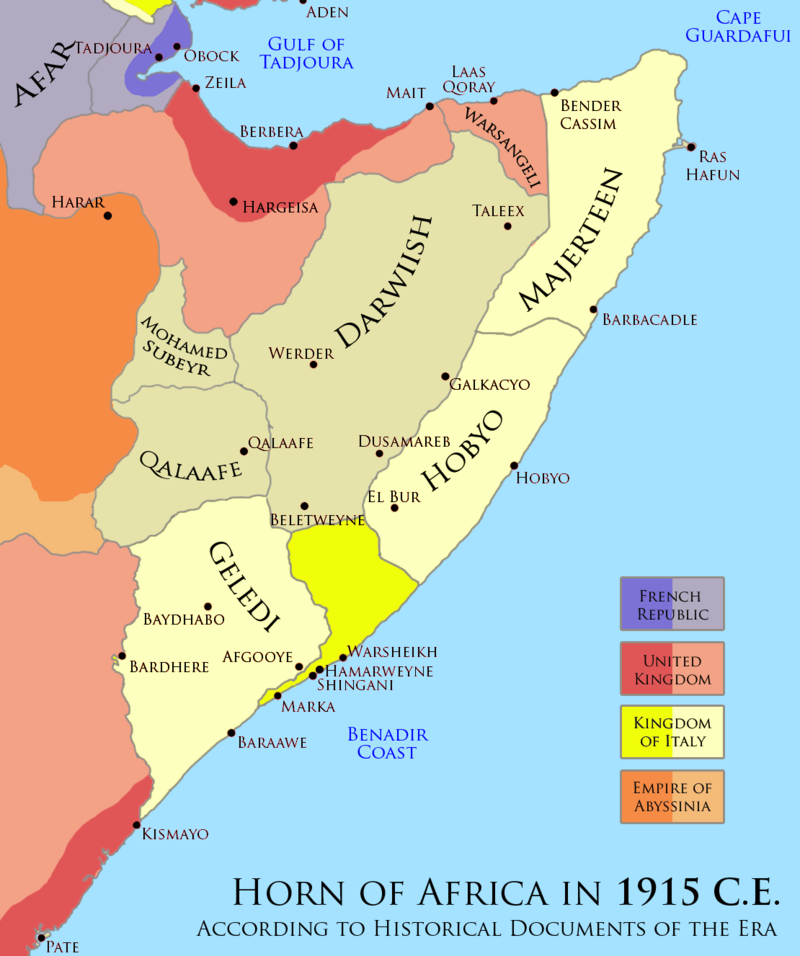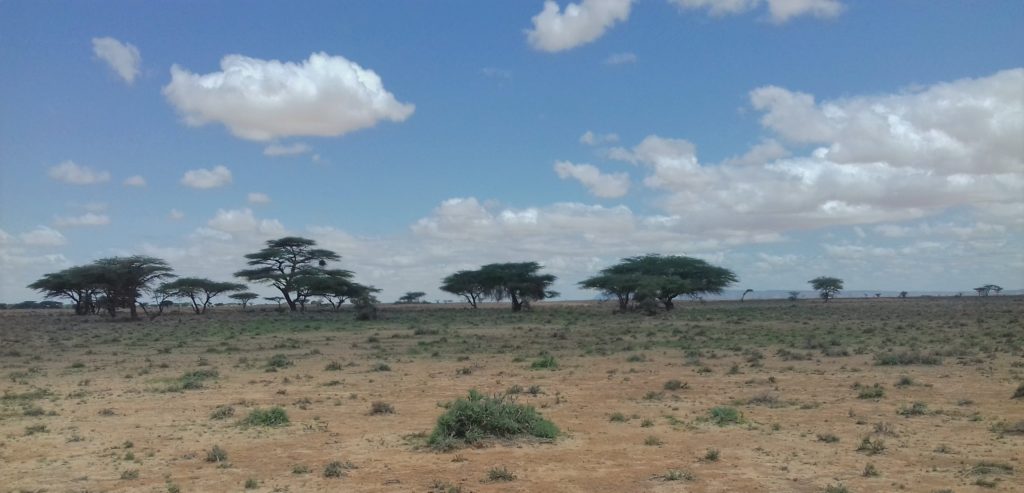African Arguments published a short version of this article with a focus on the UN, and a similar, slightly improved version of this article appeared on democracyinafrica.org,
On October 25, 2020, Somaliland authorities suspended their relations with the United Nations and banned its activities ‘until further notice’. While the frustration of the thirty-year old unrecognized state with the UN can easily be understood, this move is unlikely to bring any benefit to the country. Somaliland is gradually developing into a clan-based autocracy. President Bihi maintains a balance among the ruling elites by granting and revoking business licenses and political positions, but this clientelist system produces little economic growth and offers no scope for political renewal. The youth is increasingly disaffected. The President instead blames the country’s problems on the lack of direct access to international funding and is increasing the pressure on the international community.
One week earlier, on October 17, the cabinet of Somaliland’s President Muse Bihi decided not to restore the landing rights for direct flights from the unrecognized state’s capital Hargeisa to Dubai by Air Arabia and Fly Dubai, citing legal difficulties. The details of the underlying conflict provide a clear window into Somaliland’s politics and how they affect, and are affected by, clan and business interests.
